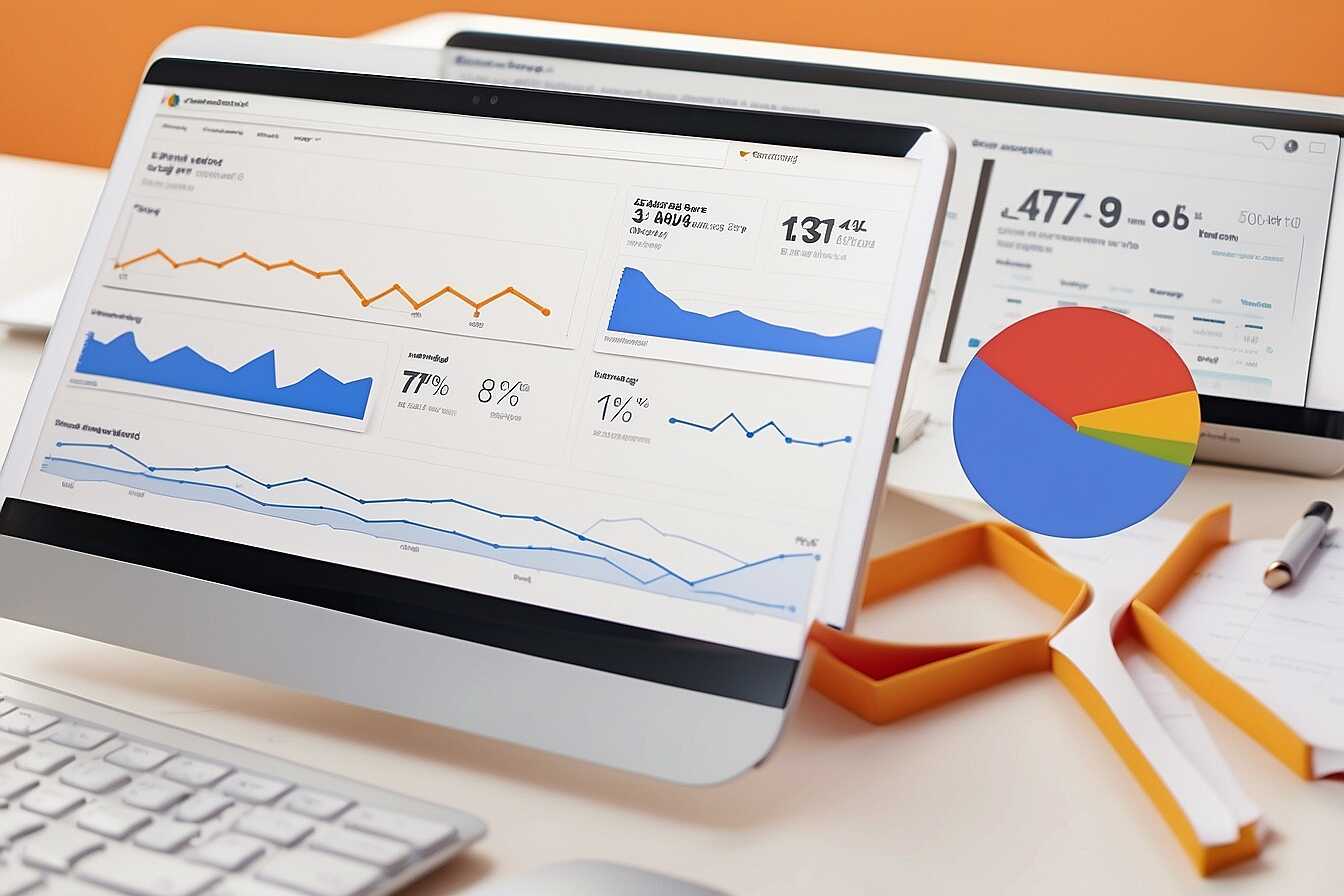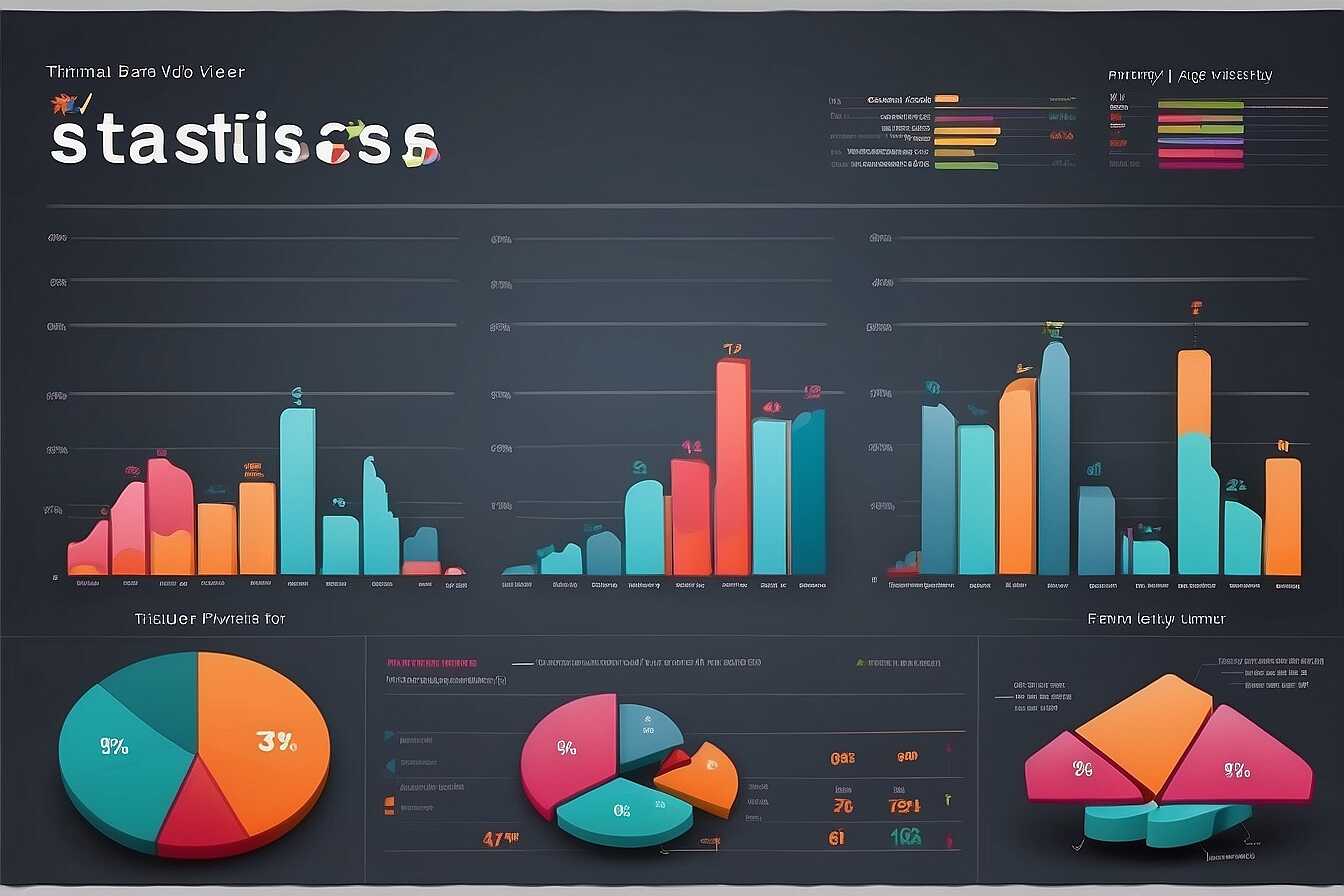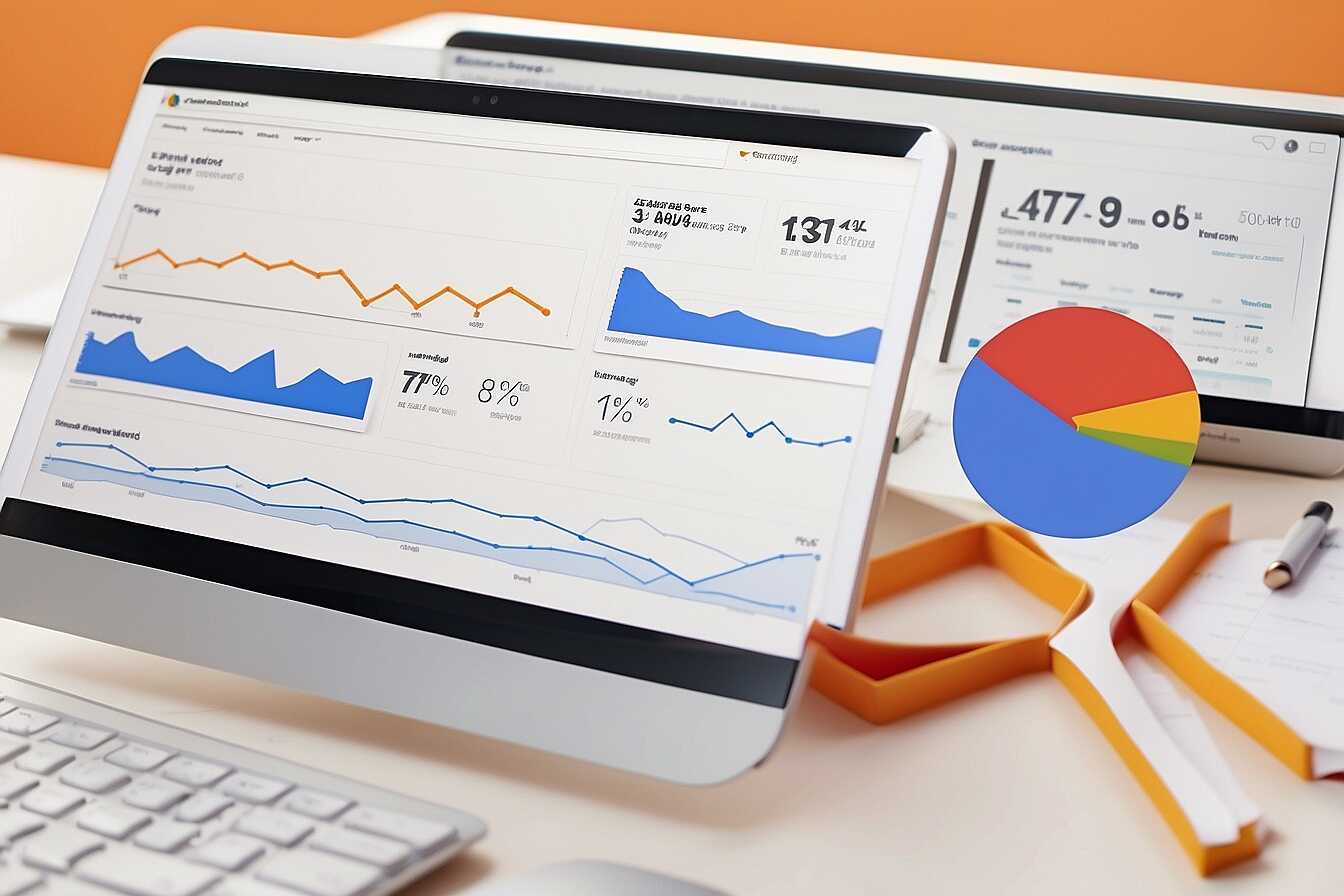Using hashtags effectively can significantly boost your social media visibility and engagement. By strategically incorporating relevant hashtags, you can ensure your content reaches a wider audience and enhances brand recognition. At Metrics Rule, we understand the importance of utilizing hashtags to improve your search results and increase your online presence. In this guide, we will explore practical techniques to help you harness the power of hashtags for maximum impact.
The Role of Hashtags in Social Media Visibility
Hashtags serve as powerful tools in enhancing social media visibility by categorizing content, making it easier for users to find relevant posts. The right hashtag strategy significantly boosts discoverability by connecting posts to broader conversations. This leads to increased user engagement, as users are more likely to interact with content that appears in their search results and feeds. Popular platforms like Instagram, Twitter, and Facebook leverage hashtags to enhance user experience by linking similar content. Research indicates using around 7 to 10 hashtags can drive optimal engagement across most platforms, providing users with a better chance of being seen.
Choosing the Right Hashtags for Your Brand
Selecting the right hashtags is essential for maximizing engagement and visibility on social media. Brands should focus on using a mix of popular, trending, and niche hashtags related to their industry. Tools and data analysis can help identify these effective hashtags, ensuring content is part of relevant conversations. Additionally, incorporating branded hashtags can foster community and loyalty among followers. Consistent testing of hashtag performance helps refine strategy, ensuring content aligns with audience interests and enhances overall performance on platforms such as Instagram, Twitter, and Facebook.
Researching Hashtags That Connect with Your Audience
To research effective hashtags, first identify your target audience’s interests and behaviors. Use social media analytics tools like Google Analytics or specific platforms like Instagram Insights to find trending hashtags within your niche. Examining competitors can also reveal popular hashtags they use, helping you determine what resonates with your audience. A well-researched hashtag strategy typically shows that around 70% of posts with relevant hashtags can enhance engagement, boosting visibility. These audience engagement tactics will help you connect authentically with your followers.
Utilizing Social Media Analytics for Hashtag Research
Social media analytics tools play a crucial role in effective hashtag selection. These platforms can analyze engagement metrics for various hashtags, providing you with proven data to make informed choices. For instance, tools like Hootsuite and Sprout Social enable you to track hashtag performance over time. This testing allows you to pivot your strategies based on real-time results. As you implement audience engagement techniques, regularly review hashtags to ensure they remain relevant to your audience’s interests. By utilizing robust analytics, you can enhance your hashtag strategy, making your social media efforts more effective and targeted.

Optimizing Hashtag Usage for Maximum Engagement
To determine the best hashtags for business posts, research and data analysis are essential. Use tools like Hashtagify or RiteTag to gather insights on trending and relevant hashtags. Integrate keywords relevant to your post content as well. Effective hashtag usage includes finding a balance between popular and niche hashtags. Keep in mind that using 5-10 relevant hashtags per post tends to enhance visibility and engagement without looking spammy. Studies have shown that posts with precisely the right number of hashtags can increase engagement significantly.
Strategic Placement of Hashtags for Engagement
Strategically placing hashtags improves engagement significantly. Place hashtags at the end of your posts to keep the text clean but still searchable. Alternatively, embedding them naturally within the post narrative also helps. Research shows that placing hashtags in your Instagram captions can enhance reach by making your content discoverable. Ensure your hashtags are relevant to the post content to appear in relevant searches. For optimal performance, test various placements to see what resonates best with your audience, ensuring consistent analytics monitoring to track engagement results.
Statistics Behind Effective Tag Usage
- Over 60% of brands use hashtags in their social posts.
- Posts with at least one hashtag receive 12.6% more engagement.
- Twitter posts with 1-2 hashtags have 21% more interactions.
- On Instagram, using more than 11 hashtags boosts post visibility significantly.
- Hashtags improve searchability by 70% in social platforms.
- 71% of users are more likely to engage with content featuring hashtags.
- Content tagged appropriately can increase brand discovery by 79%.

Monitoring Hashtag Performance for Continuous Improvement
To successfully monitor the success of your hashtag strategy, leverage social media analytics tools like Sprout Social, Hootsuite, or Hashtagify. These tools provide essential insights into your hashtag performance, enabling you to evaluate engagement rates, reach, and overall impact. Always review the data collected from these platforms to assess which hashtags are driving results. Effective hashtag usage often leads to a noticeable percentage increase in engagement, sometimes up to 30% or more, depending on content quality and audience alignment.
Best Practices for Tracking Hashtag Performance
To effectively track hashtag performance, focus on key metrics such as engagement rate, reach, and impressions. Utilize tools like Google Analytics for real-time data, allowing you to analyze how specific hashtags perform across different platforms. Consistently compare the effectiveness of various hashtags to identify top performers. Additionally, consider the timing and context of your posts. Testing various hashtags in real-time can reveal insights that help improve your strategy. Implementing these practices ensures that your hashtag campaigns are designed to deliver reliable results while efficiently enhancing your brand’s visibility on social media.

Utilizing Trending and Event-specific Hashtags
Using trending hashtags significantly boosts social media visibility by tapping into current conversations. Event-specific hashtags harness the momentum surrounding specific occasions, improving engagement and reach. When brands use these hashtags, posts become more discoverable, enhancing their overall performance. For instance, during major events like the Super Bowl, brands that utilized relevant hashtags saw higher engagement rates. It’s essential to research trending topics on platforms like Twitter or Instagram and incorporate these into your content. Aim for a balance, ensuring that your hashtags resonate with your audience’s interests.
Best Practices for Incorporating Trending Hashtags
To effectively use trending hashtags, research the most popular tags related to your niche, focusing on those that align with your brand’s messaging. A prudent approach includes using a mix of 5 to 10 hashtags that are both trending and relevant. Avoid overloading your posts with hashtags; instead, prioritize quality over quantity. Experiment with event-specific hashtags during significant events or campaigns to see immediate results in engagement. Tools like Google Trends and Hashtagify can help identify effective tags tailored to your audience’s interests, ensuring your posts remain visible and engaging.
Advantages of Strategic Tag Implementation
- Boosts your online presence and helps you get noticed by more users.
- Effective tags help connect your posts to relevant topics and audiences.
- Hashtags can improve engagement rates and foster community interaction.
- Strategically placed tags can enhance visibility in search results.
- Using trending hashtags can attract new followers easily.
- Brand awareness increases as followers share tagged posts more widely.
- Engaging with popular tags can lead to collaboration opportunities.

Identifying and Avoiding Hashtag Pitfalls
Marketers often encounter several common mistakes when using hashtags. One major mistake is using overly generic or irrelevant hashtags that don’t relate to the content shared. This dilutes the post’s effectiveness, making it harder for target audiences to find it. Another pitfall includes overloading posts with excessive hashtags; studies show that more than 5-10 hashtags can reduce engagement rates since posts may seem spammy. Lastly, some marketers neglect to research their selected hashtags. Proper hashtag strategy requires a good understanding of their audience and trending tags, ensuring relevance and boosting visibility.
Effective Hashtag Research Techniques
To enhance hashtag strategy, marketers should utilize effective research techniques tailored to their audience. Begin by analyzing competitors’ posts to identify successful hashtags they employ. Use social media analytics tools to gain insights into trending tags within your industry, as these can lead to better audience targeting. Furthermore, consider running A/B tests with different hashtag combinations to determine which yield higher engagement rates. This systematic approach helps ensure hashtag relevance and maximizes the visibility of your content on platforms like Instagram and Twitter. Using the right hashtags reinforces your brand and improves overall engagement.
Adapting Hashtag Strategies Across Various Platforms
Different social media platforms have unique audiences and engagement styles, impacting hashtag effectiveness. On Instagram, utilizing 9 to 11 hashtags can significantly enhance visibility and engagement. In contrast, on Twitter, the recommended count is 1 to 2 hashtags to avoid clutter, as tweets are typically short and fast-paced. LinkedIn functions differently; using 3 to 5 highly relevant hashtags helps improve discoverability among professionals. Tailored hashtag strategies depend on understanding how users interact with content on each platform, ensuring maximum reach and engagement.
Effective Hashtag Usage on Instagram, Twitter, and LinkedIn
To enhance your hashtag strategies on Instagram, focus on niche hashtags specific to your content; this can help you connect with targeted communities. Hashtags on Twitter should align with trending topics to boost visibility quickly; users appreciate quick responses to current events. On LinkedIn, adopt industry-related hashtags and emphasize professional value to enhance your brand’s authority. By optimizing hashtag usage across these platforms, you can significantly improve your engagement and brand awareness. Understand each platform’s audience and create tailored hashtag groups to ensure your content shines.
Brands and Their Approach to Tagging in Content
- Brand A uses broad tags to reach a wider audience; this increases traffic.
- Brand B focuses on niche hashtags; they engage a specific, loyal customer base.
- Brand C combines both types effectively; they balance engagement and reach.
- Brand D uses trending tags; this often leads to quick spikes in visibility.
- Brand E uses branded hashtags; this develops a community around their products.
- Brand F measures their tagging strategy; this helps optimize future posts.
- Brand G avoids overly popular tags; they aim for relevance and authenticity.
Exploring the Future of Hashtags in Marketing
In the evolving landscape of social media marketing, upcoming trends in hashtag trends highlight user engagement strategies. Emerging algorithms on platforms like TikTok and Threads promote effective content discovery and engage audiences in real-time. Additionally, research indicates that around 70% of brands plan to expand their hashtag analytics practices by 2025, demonstrating a clear shift towards enhanced visibility and user interaction.
Harnessing the Power of Emerging Social Media Platforms
To maximize the benefits provided by new platforms, marketers should tailor their strategies to current social media algorithms. By understanding how engagement metrics work, brands can craft posts that resonate. Utilizing trending hashtags strategically enhances visibility. For instance, hashtags on TikTok can increase reach significantly, with some brands reporting a 150% rise in engagement. As these platforms evolve, adaptability ensures effective audience connection, making it essential for marketers to stay updated on the latest trends.
